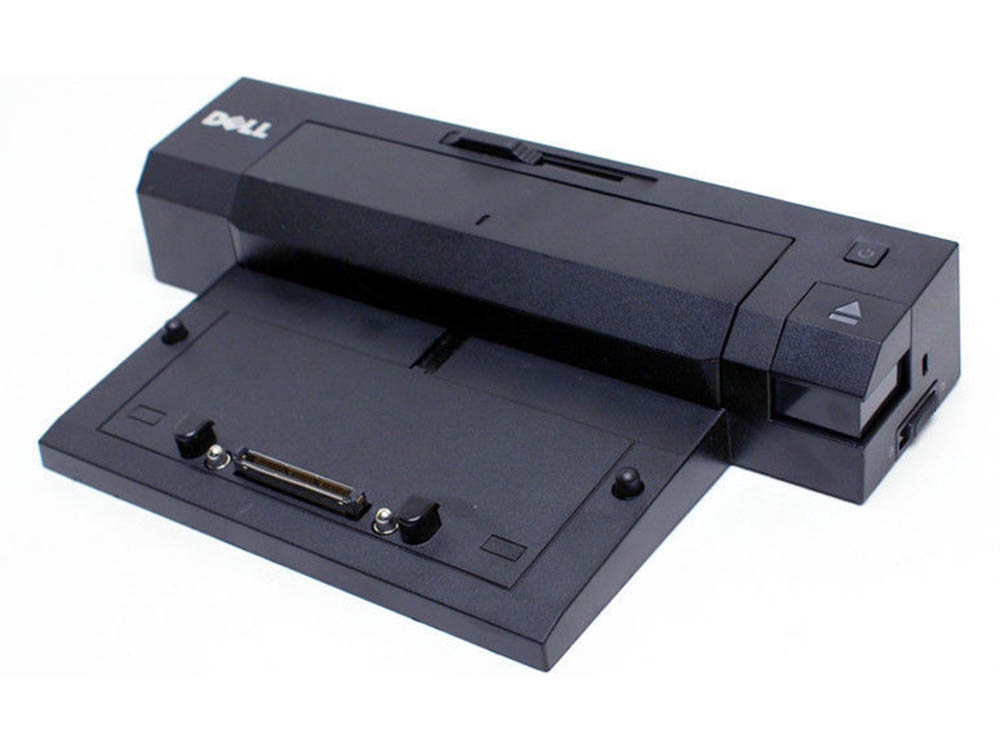

Because they are generally vendor neutral, they often support external device charging, more external monitors, and are more flexible to install.
DELL E SERIES DOCKSTATION USB C FULL
Typically USB-C or Thunderbolt-3 based, they incorporate a range of converters such as USB display adapters or a full external GPU, audio chipsets, NICs, storage enclosures, modems and memory card readers, or even PCI Express card slots connected through an internal USB hub or PCI Express bridge to give the host computer access to extra connections it did not previously possess. Often, OEM docks contain a wired internet connection, dual displays, and a range of USB and Audio connections.įunctionally similar to OEM docks, but available in seemingly endless combinations, self-powered non-OEM docks still produce multiple connections from one port, only instead of extracting them from internal chipsets, they create them inside the dock using converters. Often using proprietary connections and usually meant to be permanently installed, these self-powered docks are intended for specific models of notebook and would require upgrading at the same time as the notebook. They are functionally identical to a hub with various converters plugged in. Similar to a breakout device, some docking stations produce multiple connections from one port, only instead of extracting them from internal chipsets, they create them inside the dock using converters. Breakout dock/multi-port adapter Ĭompaq LTE Lite laptop with proprietary dock Some also include electrical adaptors to change from one pinout to another (e.g., Micro-DVI to normal DVI connector.) Often Bus-Powered and small form factor, they functionally duplicate ports from the device to easily access more of the existing ports like: SD cards, peripherals, audio jacks, etc. Port replicators (sometimes referred to as passthroughs) are functionally and logically identical to a bundle of extension cables, except that they are plugged in and unplugged together through the device. This type of dock provides some sort of hardware expansion for the device docked to it, such as an external storage drive, a GPU, or a liquid cooling radiators. Standby docking or undocking, an intermediate style used in some designs, allows the computer to be docked/undocked while powered on, but requires that it be placed into a sleep mode prior to docking/undocking.ĭocking stations can be broadly split up into five basic varieties. In a hot dock or undock, the computer remains running when docked/undocked.

In a cold dock or undock, one completely shuts the computer down before docking/undocking.
DELL E SERIES DOCKSTATION USB C PORTABLE
Portable computers can dock and undock hot, cold or standby, depending on the abilities of the system. Ī dock can allow some laptop computers to become a substitute for a desktop computer, without sacrificing the mobile computing functionality of the machine. Because a wide range of dockable devices-from mobile phones to wireless mouse-have different connectors, power signaling, and uses, docks are unstandardized and are therefore often designed for a specific type of device. In computing, a docking station or port replicator ( hub) or dock provides a simplified way to plug-in a mobile device, such as a laptop, to common peripherals.


 0 kommentar(er)
0 kommentar(er)
